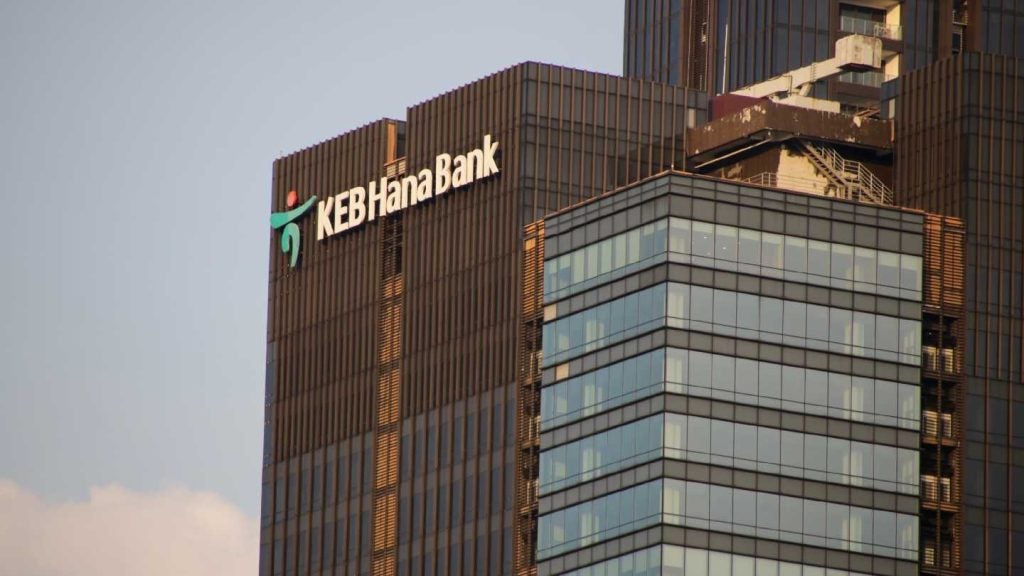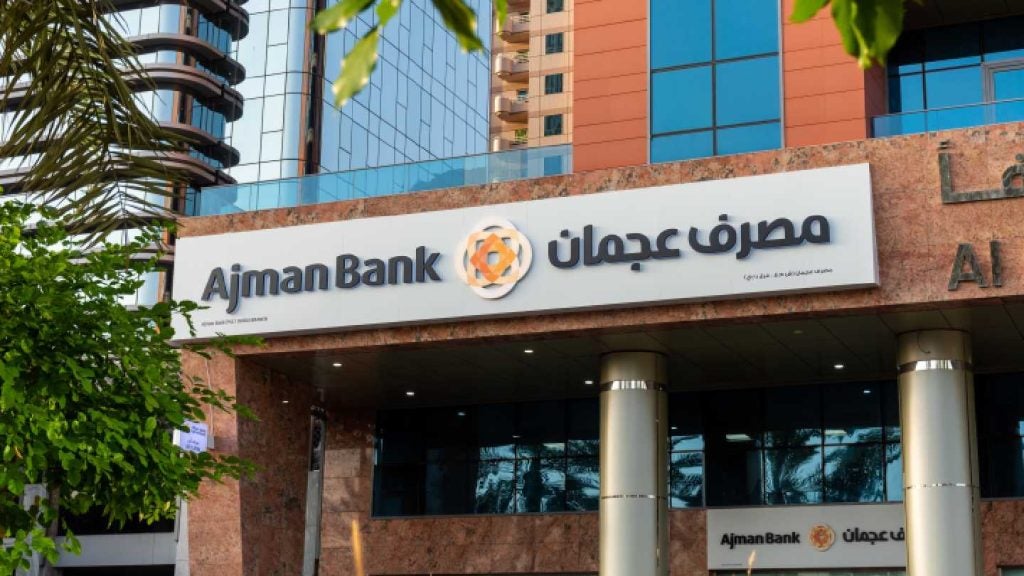China has reduced the reserve requirement ratio (RRR) for all banks in a bid to support post-Covid economic recovery.
According to a Reuters report, the People’s Bank of China (PBOC) will trim RRR for all banks by 50 basis points (bps). The new requirement will become effective from 15 July.

Access deeper industry intelligence
Experience unmatched clarity with a single platform that combines unique data, AI, and human expertise.
RRR refers to the cash amount that the banks are required to hold as reserves.
The latest reduction is expected to release around CNY1trn ($154.19bn) easing liquidity pressure. The move is also expected to enable the banks to repay maturing medium-term lending facility (MLF) loans.
Commenting on the move, Rabobank head of macro strategy Elwin de Groot told the news agency: “I see it as more or less a fine-tuning rather than a signal that there is more monetary easing coming.
“It was already signalled to some extent because we had seen some tightening in Chinese money markets, and this is basically to alleviate these pressures.”

US Tariffs are shifting - will you react or anticipate?
Don’t let policy changes catch you off guard. Stay proactive with real-time data and expert analysis.
By GlobalDataPBOC last revised the RRR in April last year. According to the central bank, the new weighted average RRR will be 8.9% for the financial institutions.
The move comes when the Government of China is working to bolster the banking sector.
In April this year, PBOC decided to expand the scope of annual stress tests on banks. The new plan involves testing all its 4,024 banks.







